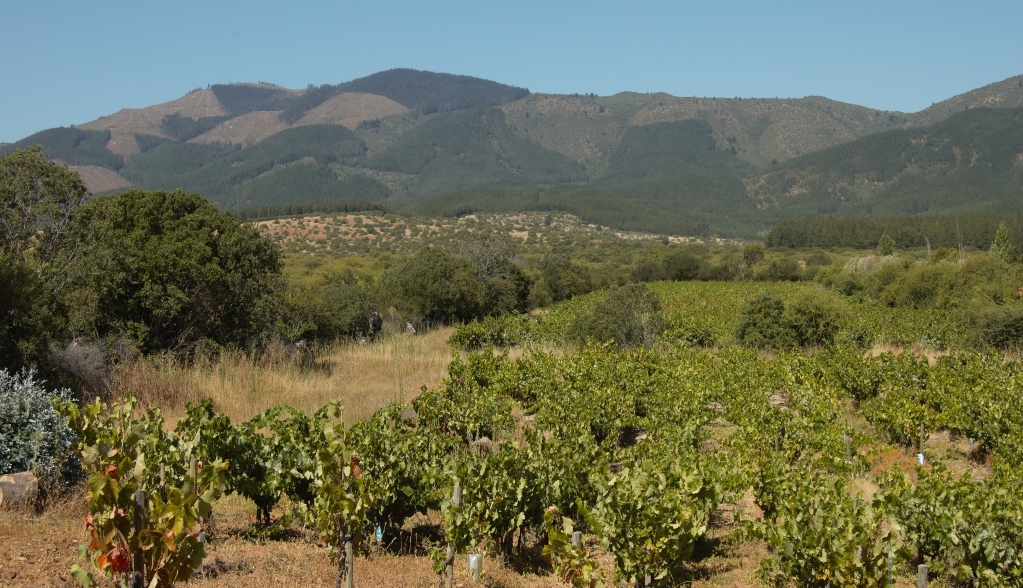We’ve pulled together this Maule wine guide and Fast Facts feature so that you can get to grips with Chile’s biggest wine region, Maule. This guide includes: the essentials of terroir (the soil types, climate, average temperatures, rainfall, longitude and latitude, and altitude); the main grape varieties used for different wine styles; the viticultural methods, age of vineyards and vine training systems; the winemaking techniques, wine styles and tasting notes; and the production area in size and number of producers.
Where is it?
This is Chile’s largest wine region, with some 54,000 hectares of vines. It is located in the southern-central part of Chile, around 300km south of the capital, Santiago. It is also one of Chile’s oldest and most traditional wine areas.
Maule wine guide: Maule’s sub-regions
 Chile is a long, thin country (just 40-50km wide in the Maule region), which stretches from the Andes mountain range in the east through the Coastal range to the Pacific Ocean in the west. Most of the wine regions, including Maule, therefore have a range of different altitudes, climate and soil conditions and so each region has been split into three different sub-regions and it is important to understand this when looking at the essentials of terroir.
Chile is a long, thin country (just 40-50km wide in the Maule region), which stretches from the Andes mountain range in the east through the Coastal range to the Pacific Ocean in the west. Most of the wine regions, including Maule, therefore have a range of different altitudes, climate and soil conditions and so each region has been split into three different sub-regions and it is important to understand this when looking at the essentials of terroir.
Andes
If you see Maule Andes on a wine label, it means that the grapes have come from vineyards in the foothills of the Andes mountains. This area includes places like San Clemente and Colbun. This area has traditionally benefitted from canals bringing water from the mountains and so irrigating vines has not been an issue.
Entrecordillera
This is the area between the Andes and Coastal mountain ranges. In Maule, this is an area of very dry, arid landscapes, as there is little water to be had. This area encompasses Talca, Pencahue, San Rafael in the Santa Clara valley. The municipalities of Cauquenes and San Javier are areas with many vineyards of old vines, particularly País and Carignan that have not been irrigated.
Costa
This is the area between the coastal mountain chain and the Pacific Ocean and encompasses some very dry areas, like Empedrado and Curepta.
Maule Secano
This is an area very specific to Maule which accounts for much of the Cordillera and some of the Costa area. This area receives a good amount of rainfall in the winter but has few other water reserves to help plants get through the long, dry growing season. Maule Secano is a sparsely populated area of subsistence farmers, who have over the centuries eked out a living from the only types of farming that are viable in these tough conditions: olives, the few types of vines that can withstand serious drought conditions, sheep and goats. Over the decades, times became difficult for farmers in these areas, as the value of untrendy grape varieties plummeted. Many vineyard holdings were simply abandoned and it is only in recent years, as some forward-looking producers realized the potential of the old vines in this area – particularly Carignan – that there has been a resurgence in the local economy.
During the 20th century, hard-pressed farmers and landowners were subsidized to plant forests of eucalyptus and pine for the timber and cellulose industries, a policy that has substantially changed the landscape in some areas. Forests now compete with other farming activities for the scarce water reserves and present a fire risk during the long, hot summer months, as was seen in 2017, when enormous wildfires ravaged much of Maule. Some vineyards were damaged or destroyed and many wine producers had problems of smoke taint in otherwise healthy grapes. The photo below shows some of the burned woodland a year later.
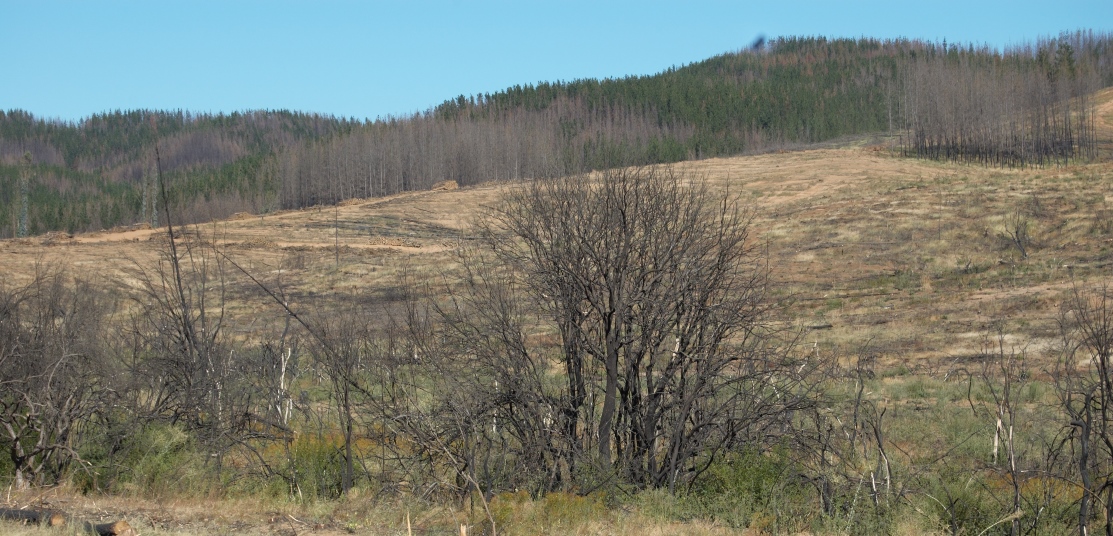 Maule wine guide: The Essentials of Terroir
Maule wine guide: The Essentials of Terroir
[mepr-hide if=”rule: 2080″]
- Climate & Landscape
- Temperatures: per sub region
- Rainfall
- Soils: per sub region
- Longitude
- Latitude
- Altitude range
- Viticulture Facts
- Vineyard Management
- Grape Varieties
- Production Area
- Annual Production
- Traditional Food Pairings
…
This content is exclusive for Members. Take a look at the introductory packages below to become a Member of 80 Harvests and get unrestricted access to all our content.
Thank you for supporting the journey and being part of the 80 Harvests community!
[mepr-group-price-boxes group_id=”2070″]
[/mepr-hide]
[mepr-show if=”rule: 2080″]
Climate & Landscape
Maule has a climate best described as continental, as there are marked seasons and significant temperature differences between daytime and nighttime. There is a Mediterranean influence in the form of sea breezes, particularly in the Maule Secano areas.
Climate change is very apparent in this country, with wineries needing to adapt viticultural techniques to avoid sunburnt grapes. Temperatures are rising and availability of water is diminishing.
Temperatures
Andes: Cool air descends from the mountains and refreshes the temperatures in the foothills where vineyards are planted. This ensures a significant difference between daytime and nighttime temperatures. The Andes themselves also create a period of shadow when the sun is blocked from the vines, slowing down ripening.
Entrecordilleras: This area can be very hot in summer. Daytime temperatures average 32˚C, while the temperatures drop at night to 11˚C. Autumn is cool and damp.
Costa: Summer daytime temperatures average 30˚C, while the temperatures drop at night to 10˚C. The cool Humboldt Current affects the entire Chilean coastline. The cool waters meet the warm land and morning fogs are created. This phenomenon means mornings are cool and even bring some moisture, then the sun clears the fog away and the afternoons are warm, but moderated by sea breezes.
Rainfall
Average rainfall is in the region of 700mm – 800mm per year, mainly in the winter months. For several years, the area experienced much lower rainfall (around 400mm) but winter 2017 saw normal levels at around 700mm, much to growers’ relief.
 Soils
Soils
Much of Maule has soils based on decomposed granite with colluvial or alluvial stones depending on the area. Most areas have some level of clay, which in Maule Secano is a major factor in water retention so the vines have some water to get them through the growing season. The soils are mostly very poor soil with low levels of organic material.
Andes: the types of soils at the base of the mountains have a significant influence on the wine, being alluvial and colluvial in origin and often have lots of stones or pebbles. They tend to have good drainage, little organic matter, and access to the waterways that begin high in the Andes. Not suitable for other types of crops, these soils are great for producing vines with controlled vigour and good concentration. However, they can have volcanic matter, making them more fertile than elsewhere in Maule. These soils are good for growing international varieties, like Cabernet Sauvignon.
Entrecordillera: this is an area of granitic origin with soils that are sandy clay at the surface and clayey below. They have high levels of acidity and are very low in organic material and often lack certain minerals, such as Nitrogen and Potassium. These tend to be deep soils with good drainage but are able to retain water, thereby enabling dry-farming.
Costa: This area has clayey loam to clay soils, which are deep and have poor fertility. Like the Entrecordillera area, the soils here work well for Carignan, not encouraging excessive vigour but fostering deep roots to ensure adequate water.
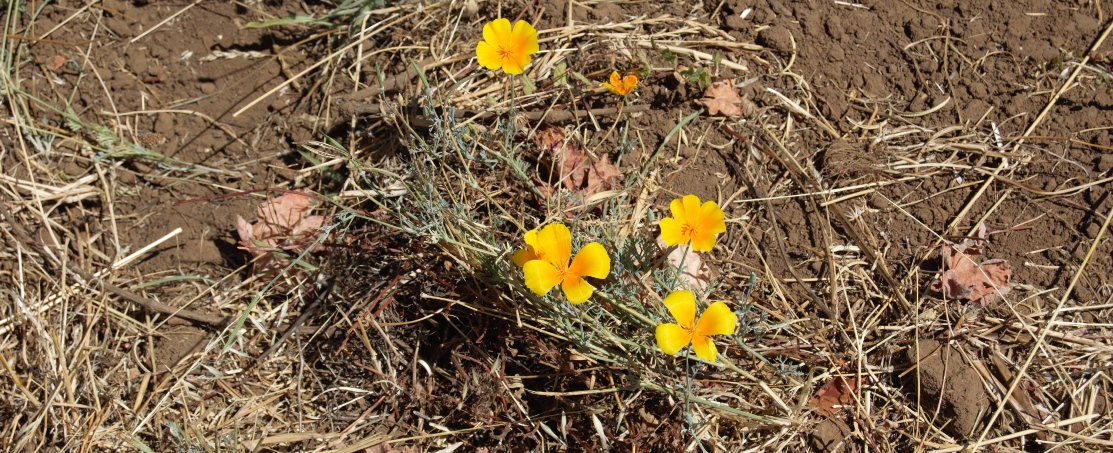 Longitude
Longitude
W 71° 59’
Latitude
S 35° 34’
Altitude
Ranges from 193 metres near the coast to around 1,000 in the Andes. Laberinto is one of the highest vineyards in Maule.
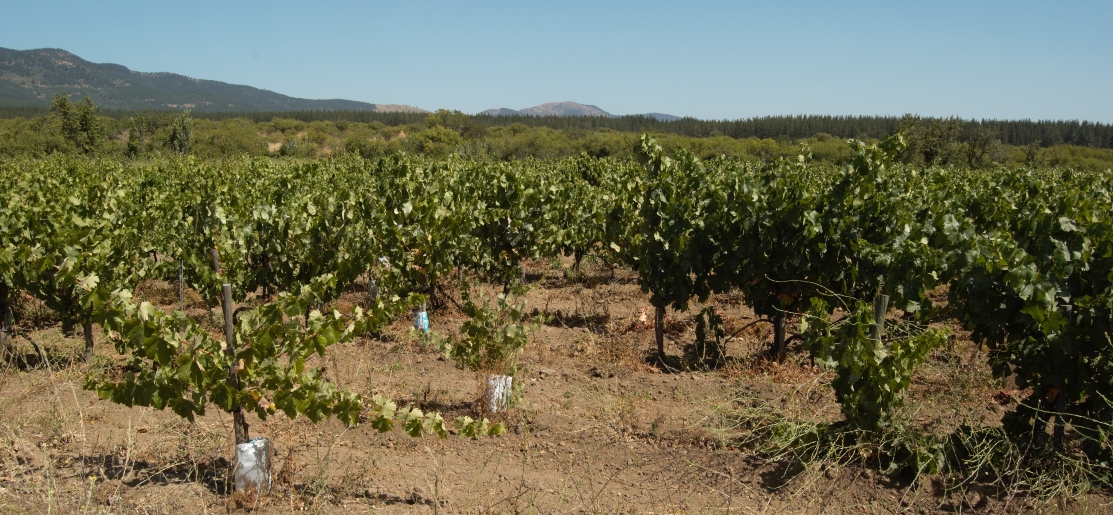 Maule wine guide: Viticulture Facts & Vineyard Management
Maule wine guide: Viticulture Facts & Vineyard Management
Irrigation
With rain being mainly concentrated into the winter months in Chile, irrigation is mainly regarded as essential. Traditionally, canals brought snowmelt down from the Andes and vineyards were flood irrigated in spring and early summer. As water becomes scarcer, drip irrigation is becoming increasingly common.
In Maule Secano, water has always been more of an issue. With the Coastal mountain range barring the way for canals of water from the Andes and little or no water in the aquifer, the best option was to collect rainwater during winter and use it sparingly the rest of the year. For centuries, vineyards in this area were not irrigated at all and had to survive on the reserves of winter rainfall retained by the soil.
Vine Training systems
VSP is common throughout Chile but in traditional viticultural areas, like Maule, there are still old vineyards where traditional viticultural techniques have been passed from father to son and persist to this day. In Maule Secano, it is common to see vines trained in a bush or gobelet shape, which is lower-yielding but better able to withstand strong sun exposure and drought.
Pests and Diseases
The soils in many vineyards are very poor and deficient in nutrients, especially nitrogen and to a lesser extent potassium.
Powdery mildew is a big issue for Carignan and these vines are sprayed with sulphur treatments in 7-day cycles right through to veraison.
Other pests in the area include margaroides, mites, moths, rabbits, hares and birds and there are some areas with nematodes.
Viticultural Challenges
Spring frost is an occasional hazard.
Maule wine guide: Winemaking
There are a large number of producers making wine from grapes from Maule. There are still many small, artisanal producers who use very traditional, manual techniques including the use of a zaranda, a screen made of thin wooden slats or canes tied together, which is placed over the vat. You rub the grapes against the zaranda to destem them, the juice falling into the vat and then you add the crushed grapes into the vat, discarding the stems.
A the other end of the scale, some of Chile’s largest producers, many based in other regions, buy in grapes in Maule and vinify them using state-of-the art equipment.
Grape Varieties
Black varieties
Black varieties are by far the most planted in Maule and there is a proliferation of varieties. However, by far the most planted variety these days is Cabernet Sauvignon, with almost 16,500 hectares. Next is Merlot with some 5,000 hectares and this area’s most traditional variety, País (known elsewhere in the world as Mission, Criollo and Listán Negro) comes third with just under 5,000 hectares.
But it is Maule’s old-vine, dry-farmed Carignan from Maule Secano that is attracting attention right now, despite the fact that at just 700 hectares, this suddenly very desirable variety only ranks seventh in plantings.
White varieties
Traditionally this area was widely planted with Sémillon, Muscat of Alexandria and Torrontel but, as these varieties went out of fashion, they were pulled up in great numbers and international favourites planted in their stead. In 2015, there were 7,500 ha of Sauvignon Blanc and 4,000 ha of Chardonnay planted in the region, while Sémillon accounted for just 600 ha, Muscat of Alexandria 180 ha and Torrontel 560 ha.
Wine Varieties & Winemaking Styles
With many small local producers, simple, fruity wines known as Pipeños have always been made for early sale on the local market. These can be white or red, sweet or dry and currently cost around 300 pesos (30 pence or 50 US cents) a glass or 3,500 pesos (GBP3.50 or USD6) for a 5-litre plastic bottle.
Many of the grapes grown in Maule go into mass-market brands labelled “Central Valley”, a catch-all term used to cover Chile’s four biggest wine-producing regions.
At the other end of the scale, there are some very interesting and individual wines being produced. Some small artisanal producers, like Huaso de Sauzal, are using traditional methods to make no- or low-intervention wines. Other producers, like Miguel Torres and Odfjell are making premium organic or biodynamic wines.
Of special interest is the Vigno project, an association of 15 producers who are making wines from dry-farmed, bush-trained Carignan in Maule Secano.
Maule wine guide: Traditional Wine Pairing
The cuisine in this area is based on hearty country dishes like pastel de choclo (a meat pie with a thick layer of ground sweetcorn), porotos granados (a stew made with beans, sweetcorn and squash), humitas (a seasoned sweetcorn purée wrapped into a parcel with corn leaves), local game like hare, and highly seasoned sausages.
Production Area
54,000 ha under vine, of which 39,000 are black varieties and 15,000 are white varieties.
Number of Producers
3,721 vineyard holdings across Maule.
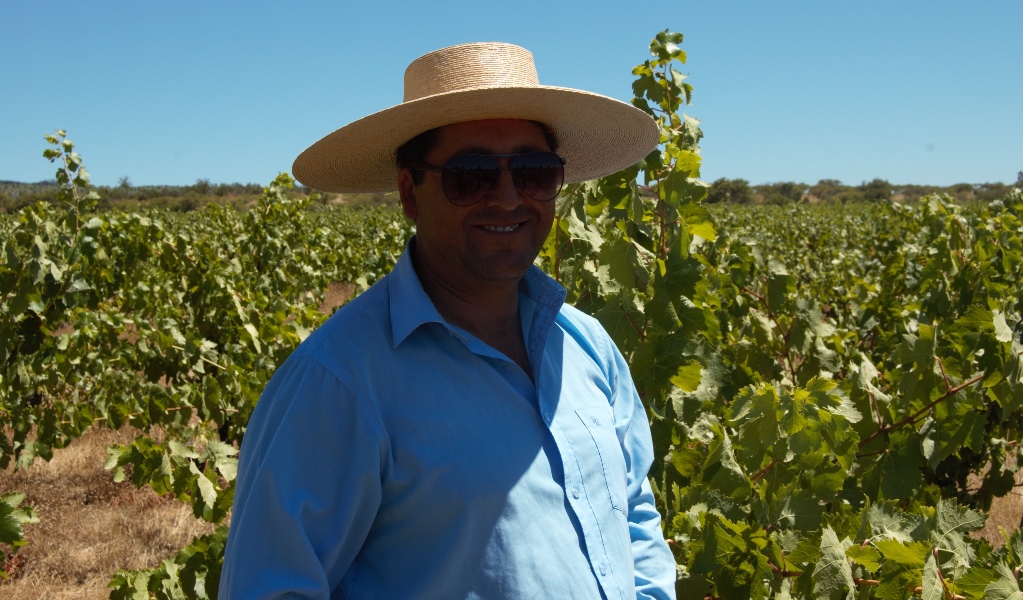
Annual Production
619 million litres
Business
This is a very disperse region in terms of business, with many very small grape producers and wine producers of every size, the largest being based elsewhere in Chile, who buy grapes and sometimes own vineyards in the region.
Sources of information:
Production and vineyard holding statistics from SAG, Chile’s agricultural authority’s latest survey (2015)
Interviews with producers
[/mepr-show]

